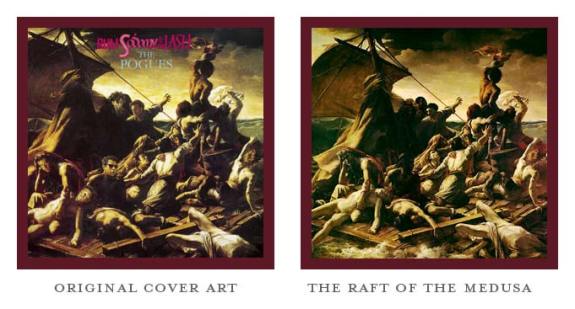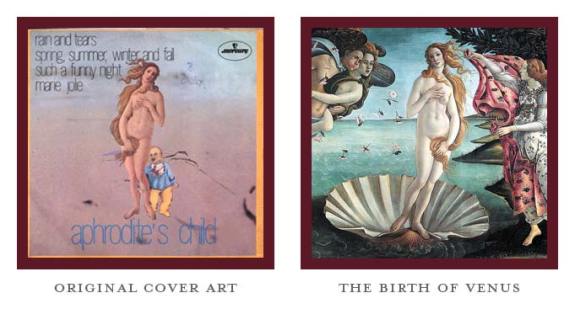
Venus of Willendorf
This tiny female statuette is one of the earliest known human figures. The most famous early image of a woman “Venus of Willendorf,” also known as the Woman of Willendorf, is a 4.5 inches high statuette of a female figure was carved some 25,000 years ago.
It was sculpted from yellowish limestone that is not found in the region and so must have been brought to the area from another location, and was tinted with a thick layer of red ochre. She is small enough to fit in the palm of your hand. It was unearthed on the banks of the Danube River, during the Wachau railway construction in 1908 by Austrian archaeologist Josef Szombathy at a paleolithic site near Willendorf, a village in Lower Austria near the city of Krems.
Very little is known about its origin, method of creation, or cultural significance. Her small size gives us an important clue to the people who made her. The environment at that time was much colder and bleaker then present-day. She is portable; hinting that her creators moved around a lot most likely created by hunter-gatherers who lived in the area during the last glacial epoch. Right now Venus of Willendorf is on display in The Vienna Natural History Museum.
Her female attributes are quite exaggerated. The stumpy female sculpture features a woman with pendulous breasts, an obese middle and belly that overhangs but does not hide her pubic area and pronounced buttocks. The thick circles at the top of the breasts are vestigial arms. Her forearms are shown over and holding with fingers, the upper part of her breasts.
A roll of fat extends around her middle, joining with large buttocks and thighs are pressed together down to the knees. The statue is not created with feet and does not stand on its own while the belly button and vulva are clearly defined. The nipples are not indicated. The apparent enormous breasts, protruding belly, fleshy hips, stylized round head and the detail put into the vulva, have led scholars to interpret the figure as a fertility fetish, symbolizing abundance.
The figure has no visible facial detail, her head being almost completely covered with circular horizontal bands of what might be rows of braided hair, and others say it is a woven hat pulled low over the face. The purpose of the carving is subject to much speculation. Why were prehistoric humans stimulated by an exaggerated image such as this?
The temperature during the glacial periods was an average of about 3° to 6°C colder than today. The people who made this statue lived in a harsh environment where features of fatness and fertility would have been highly desirable. So in Paleolithic people terms, the parts that mattered most had to do with successful reproduction – the breasts and pelvic girdle. Therefore, these parts were isolated and amplified by the artist’s brain. Some have argued that this female figure denote the existence during this period of a prominent female deity identified usually as the Earth Mother or the Mother Goddess.





